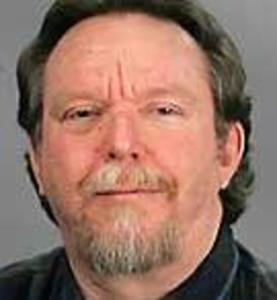If Quebec ever has an Anglo Appreciation Day (a boy can dream, can’t he?), it should be April 30.
That’s the deadline for filing your income-tax return, one public service that’s almost always available in English in this province.
And that makes it the day when more anglos feel like full-fledged Quebecers than any other day in the year.
It’s the day when we are reminded that “the best-treated minority in Canada/North America/the world/the universe” pays its share.
What you might not realize, however, is that if your total income is over $30,000, you belong to a highly taxed minority in more ways than one.
While Quebec has one of the heaviest tax burdens in Canada, that burden isn’t evenly distributed among us.
All Quebecers use public services. And almost all, even a child buying a chocolate bar at a dépanneur, pay some tax.
But only about half of Quebec’s population pays personal income tax, which is the government’s most important source of revenue.
For the current fiscal year, the government forecasts revenue of $19.5 billion from the personal income tax, or 36 per cent of its total “own-source” revenue – that is, money collected by the Quebec government itself, not received from Ottawa.
And almost all the revenue from the personal income tax is collected from only about one-third of the population.
That’s because of Quebec’s highly “progressive” personal income tax; the higher the income bracket, the higher the tax rate.
(This is why keeping tuition fees low, which is what students want, is a regressive measure that benefits the wealthy who go to university, not the poor who don’t. It’s the government’s position – increasing tuition fees for those who can afford them, and bursaries, or financial grants, for those who can’t – that is progressive. But I digress. Back to the income tax.)
For the 2008 taxation year, people reporting total incomes of less than $20,000 owed little or no income tax. In fact, because of refundable income-tax credits, the government ended up paying them a total of $1.7 billion.
Almost all the money the government netted from the personal income tax, 94 per cent, came from people reporting total income of at least $30,000.
There were 2.7 million of those people, making up 34 per cent of the population – that is, of all the Quebecers who use public services. That is, two-thirds of the population was being heavily subsidized by the other third – the highly taxed minority.
Now let’s take a look at the possible political implications of this.
I chose to look at the 2008 taxation year because it was the last election year. And what I found is that the minority of the overall population that contributed almost all of the government’s most important source of revenue was also a minority in the voting-age population: 43 per cent.
That is, there were more votes to be won or lost among those being heavily subsidized than among those doing the subsidizing.
You might almost say that, at least as far as the personal income tax was concerned, the majority enjoyed representation without taxation.
Or make that “over-representation.”
Montreal Island provided more than 30 times as much revenue from the personal income tax as the Gaspé region.
But almost all the Montreal seats are safe for either the Liberals or the Parti Québécois, while those in poorer, sparsely populated regions such as Gaspé are up for grabs.
So the poorer regions have more political leverage.
This has facilitated Quebec’s “societal choice” to spend on public services rather than cut taxes.
Everybody in this province uses the public services. Only a minority of voters would derive much benefit from an income-tax cut, and some of those – you know who you are – don’t have any real political influence anyway.
dmacpherson mZJ montrealgazette.com
Twitter: mZJ MacphersonGaz
















Laissez un commentaire Votre adresse courriel ne sera pas publiée.
Veuillez vous connecter afin de laisser un commentaire.
Aucun commentaire trouvé